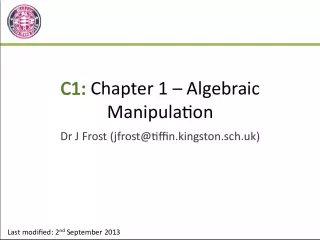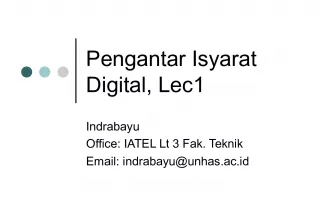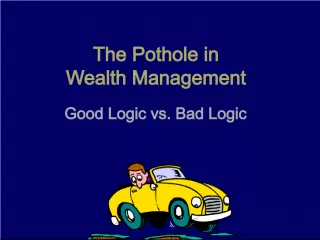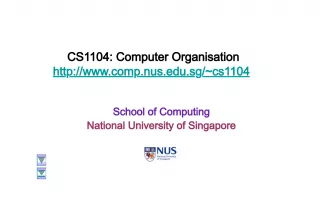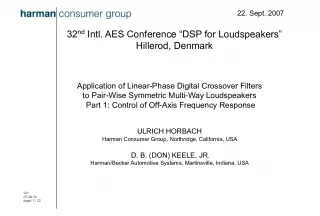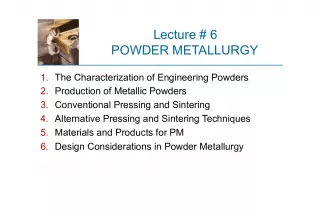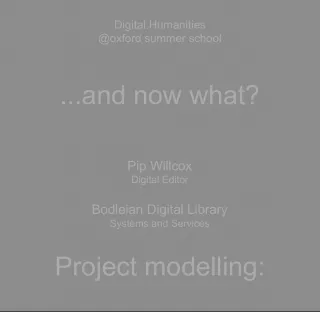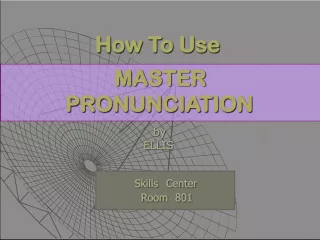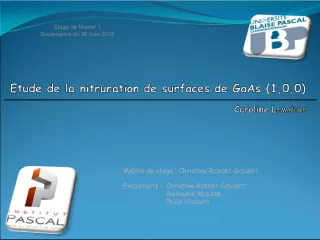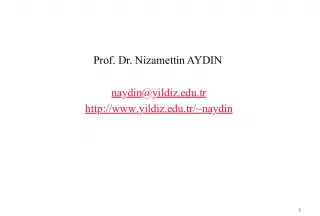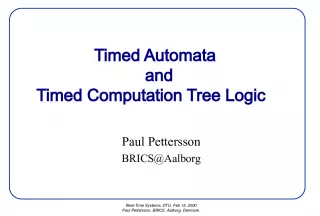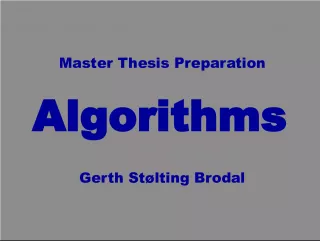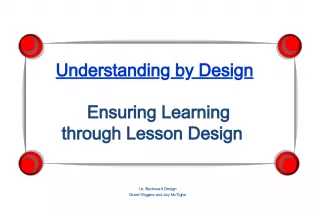Digital Logic Design Lecture 23: Master-Slave Flip Flops and Edge-Triggered Flip Flops
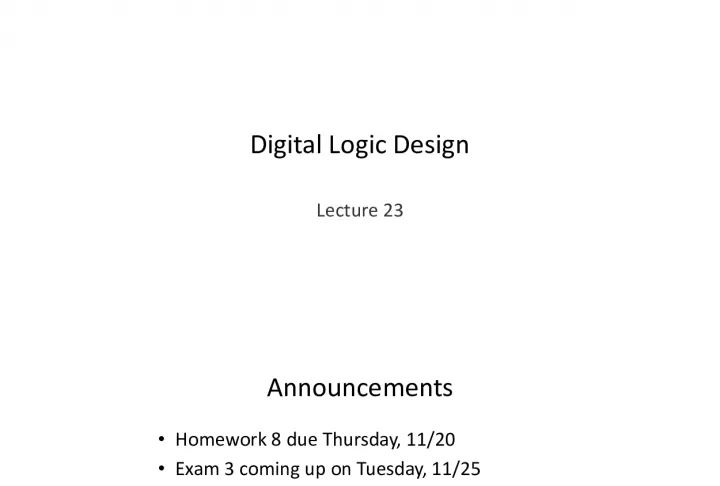

This lecture discusses Master-Slave Flip Flops, Edge-Triggered Flip Flops, Characteristic Equations, Registers, and Counters in Digital Logic Design. Exam 3 is coming up on Tuesday, November 25th and Homework 8 is due on Thursday, November 20th.
- Uploaded on | 0 Views
-
 augustalang
augustalang
About Digital Logic Design Lecture 23: Master-Slave Flip Flops and Edge-Triggered Flip Flops
PowerPoint presentation about 'Digital Logic Design Lecture 23: Master-Slave Flip Flops and Edge-Triggered Flip Flops'. This presentation describes the topic on This lecture discusses Master-Slave Flip Flops, Edge-Triggered Flip Flops, Characteristic Equations, Registers, and Counters in Digital Logic Design. Exam 3 is coming up on Tuesday, November 25th and Homework 8 is due on Thursday, November 20th.. The key topics included in this slideshow are Digital Logic Design, Master-Slave Flip Flops, Edge-Triggered Flip Flops, Characteristic Equations, Registers, Counters,. Download this presentation absolutely free.
Presentation Transcript
1. Digital Logic Design Lecture 23
2. Announcements Homework 8 due Thursday, 11/20 Exam 3 coming up on Tuesday, 11/25
3. Exam Topics
4. Agenda Last time: The Basic Bistable Element (6.1) Latches (6.2) Timing Considerations (6.3) This time: Master-Slave Flip-Flops (6.4) Edge-Triggered Flip-Flops (6.5) Characteristic Equations (6.6) Registers (6.7) Counters (6.8)
5. Master-Slave Flip-Flops (Pulse Triggered Flip-Flops) Aside from latches, two categories of flip-flops. Master-slave flip-flops (pulse-triggered flip-flops) Edge-triggered flip-flops Latches have immediate output response (known as transparency) May be undesirable: May be necessary to sense the current state of a flip- flop while allowing new state information to be entered.
6. Master-Slave SR Flip-Flop Two sections, each capable of storing a binary symbol. First section is referred to as the master and the second section as the slave. Information is entered into the master on one edge or level of a control signal and is transferred to the slave on the next edge or level of the control signal. Each section is a latch.
7. Master-Slave SR Flip-Flop C = 0: Master is disabled. Any changes to S,R ignored. Slave is enabled. Is in the same state as the master. C = 1: Slave is disabled (retains state of master) Master is enabled, responds to inputs. Changes in state of master are not reflected in disabled slave. C = 0: Master is disabled. Slave is enabled and takes on new state of the master. Important: For short periods during rising and falling edges, both master and slave are disabled.
8. Master-Slave SR Flip-Flop Pulse symbol indicates master enabled when C = 1 and state of master transferred to slave at the end of the pulse period. Postponed output indicator: output change postponed until end of pulse If S, R = 1 when control signal goes from high to low we are in an unpredicable state. Can cause metastable state.
9. Timing Diagram for Master-Slave SR flip-flop
10. Master-Slave JK Flip-Flop The output state of a master-slave SR flip-flop is undefined upon returning the control input to 0 when S = R = 1. Necessary to avoid this condition. Master-slave JK flip-flop allows its two information input lines to be simultaneously 1. Results in toggling the output of the flip flop.
11. Master-Slave JK Flip-Flop Assume in 1-state, C = 0, J = K = 1. Due to feedback, the output of the J-gate is 0, output of K-gate is 1. If clock is changed to C = 1 then master is reset. Assume in 0-state, C = 0, J = K = 1. Due to feedback, the output of the J-gate is 1, output of K-gate is 0. If clock is changed to C = 1 then master is set. 1 on J input line, 0 on K input line sets the flip-flop. If in 1-state, unchanged b/c S,R set to 0. If in 0-state, S set to 1, R set to 0. 0 on J input, 1 on K input line resets the flip-flop. Why?
12. Master-Slave JK Flip-Flop
13. Timing Diagram for Master-Slave JK Flip-Flop
14. 0s and 1s Catching The master is enabled during the entire period the control-signal is 1. If the slave latch is in its 1-state, then a logic-1 on K-input line causes the master-latch to reset. Slave becomes reset when control signal returns to 0. This is known as 0s catching (2 nd pulse). Note: if a subsequent 1-signal on J input line and C is still 1, master does not become set again (due to feedback not changing). If slave latch is in 0-state, logic-1 on J input line while control signal is 1 causes the master latch to be set and slave will be set upon occurrence of the falling edge. This is known as 1s catching (3 rd pulse). In many applications, 0s and 1s catching behavior is undesirable. Normally recommended that the J and K input values should be held fixed during the entire interval the master is enabled. Any changes in J, K must occur while the control signal is 0.
15. 0s Catching
16. Edge-Triggered Flip-Flops In basic master-slave flip-flops, master is enabled during the entire period the control input is 1. This can result in 0s and 1s catching. To avoid this, signals on information lines are restricted from changing during the time the master is enabled. Also a delay in the output since masters state is established during the positive edge and transferred to the slave on the negative edge of clock. Edge-triggered flip-flops use just one of the edges of the clock signal. This is referred to as the triggering edge. Response to triggering edge at the output of the flip-flop is almost immediate (depends only on propagation delay times). Once triggering occurs, flip-flop is unresponsive to information input changes until the next triggering edge.
17. Edge-Triggered Flip-Flops
18. Edge-Triggered Flip-Flops
19. Timing Diagram
20. Negative-Edge Triggered D Flip-Flop A falling edge (high to low transition) of control signal is used to sample the D input line. Simply place inverter at the control input of the flip-flop.
21. Positive-Edge Triggered T-Flip-Flop
22. Characteristic Equations
23. Next State Tables
24. Characteristic Equations
25. Registers A collection of flip-flops taken as an entity. Function: Hold information within a digital system so that it is available to the logic elements during the computing process. Each combination of stored information is known as the state or content of the register. Shift register: Registers that are capable of moving information upon the occurrence of a clock-signal. Unidirectional bidirectional
26. Registers Two basic ways in which information can be entered/outputted Parallel: All 0/1 symbols handled simultaneously. Require as many lines as symbols being transferred. Serial: Involves the symbol-by-symbol availability of information in a time sequence. Four possible ways registers can transfer information: Serial-in/serial-out Serial-in/parallel-out Parallel-in/parallel-out Parallel-in/serial-out
